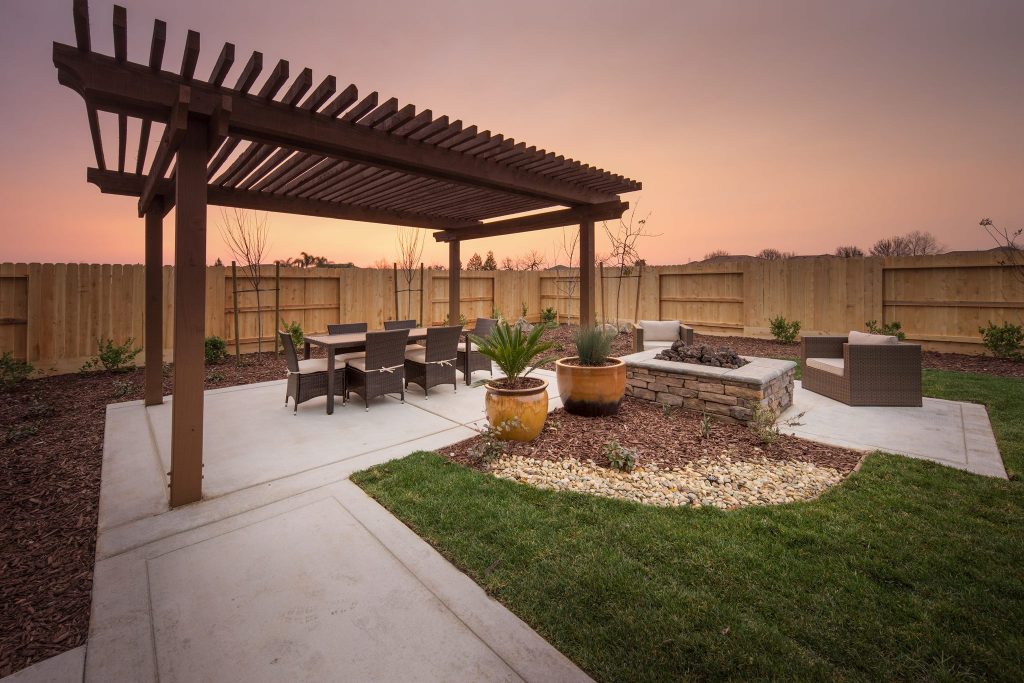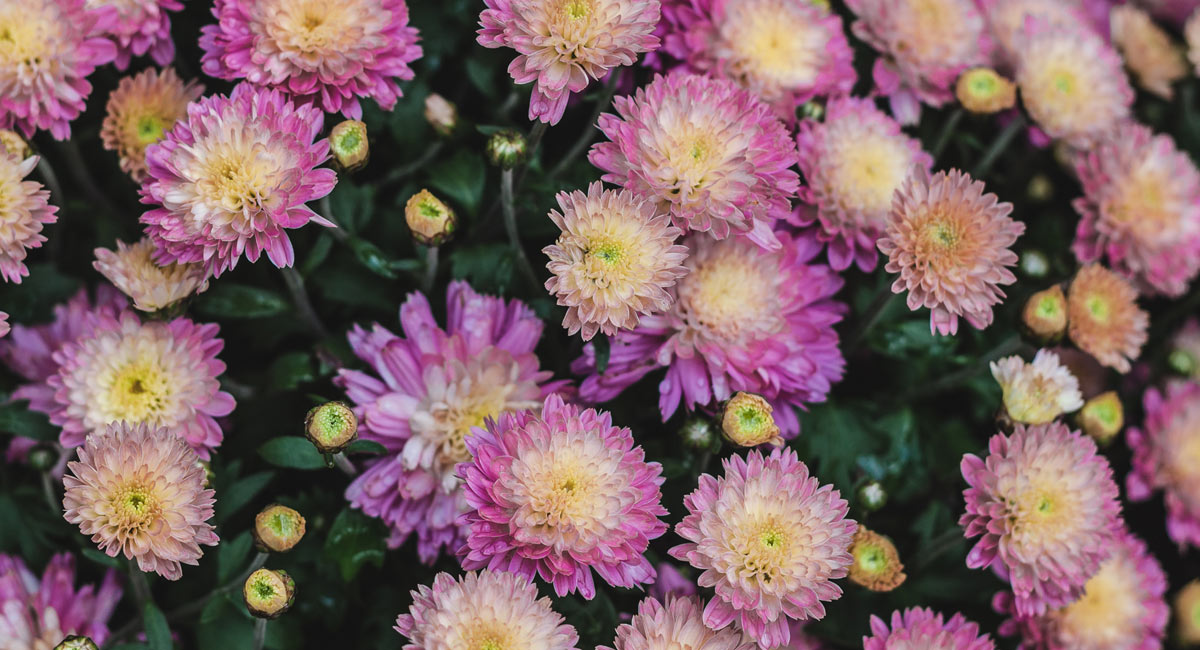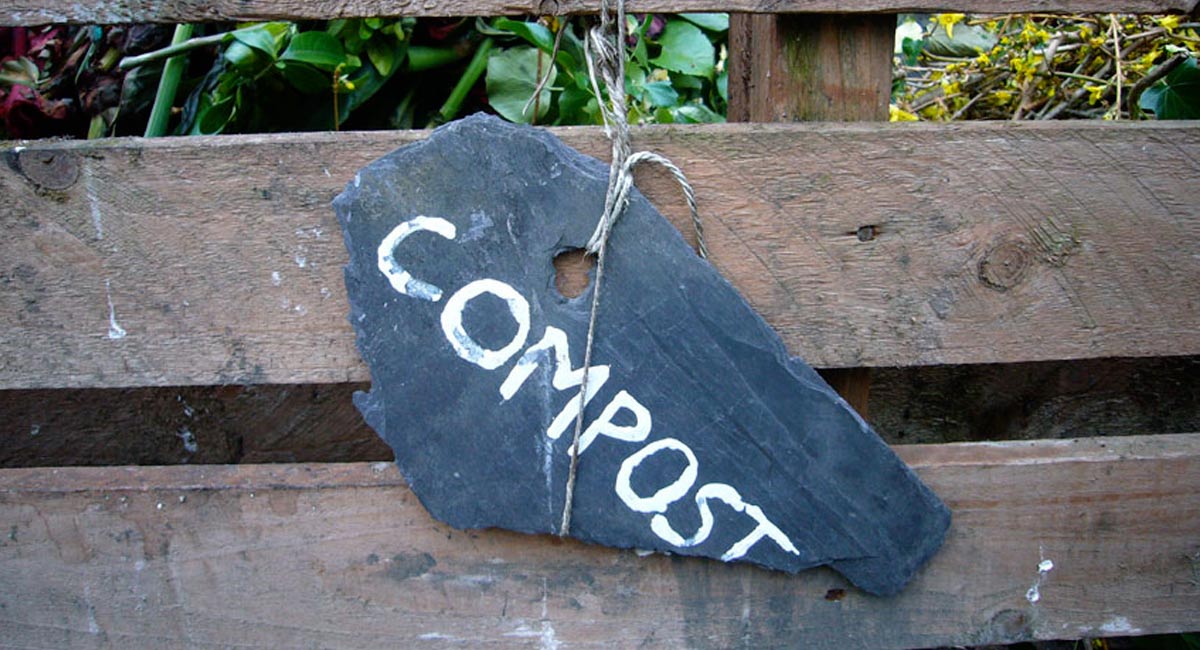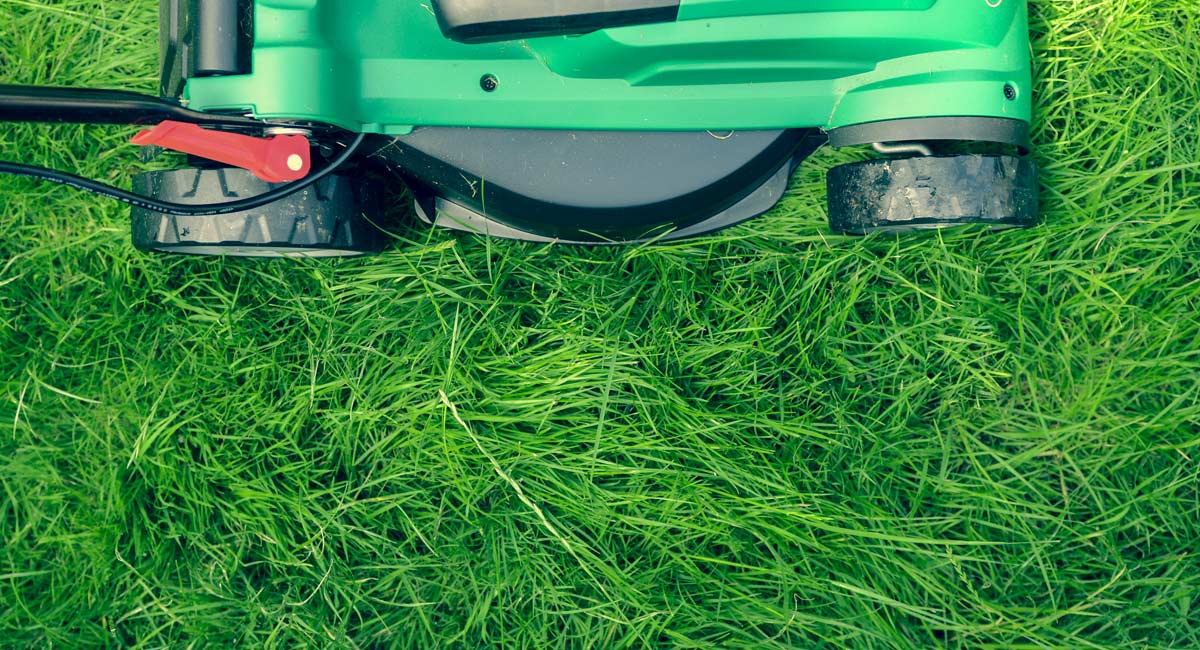A beautiful yard is something to be proud of, but the workload you shovel to create an attractive landscape may internally stir you to throw your hands up and say, “It’s not worth it.” All the time, energy, and labor you pour out to achieve eye-pleasing curb appeal, to build an outdoor space that invites you and guests to stay outside – does it make you bitter? If so, the feeling is understood and shared by many; yes, you are not alone in the resentment of yard work. You should spend more hours enjoying and appreciating your yard instead of working to make it “pretty.” Here are seven low-maintenance landscaping tips to help relieve the stress of caring for your outdoor space(s), to make the look and feel of your front yard and/or backyard more manageable.
Switch to Low-maintenance Turf Grasses
Low-maintenance turf grasses cut down mowing, weeding, and fertilizing efforts due to their deep, intricate root systems. Certain species adaptably grow under full-sun exposure or in partly- or deeply-shaded spaces. Moreover, Eco-Lawn, UC Verde Buffalo Grass, No Mow Lawn Mix, and similar non-demanding turf grasses prove hearty in low-water conditions, improving both your water bill and carbon footprint.
Additional Source:
5 Low-water Lawns that Stay Green Under Pressure
When Mowing, Keep Grass Long
Repeatedly close-cut mowing the grass puts your lawn at risk for pests, weeds, and disease. Instead, trim no more than 1/3 of the grass blade length once a week; this allows the grass to maintain its rate of photosynthesis and cope with environmental stresses such as drought or high heat indexes.
Tip: Leave the grass clippings evenly scattered along the lawn once you are finished mowing. Known as grass cycling, the clippings are high in water content and return essential nutrients and nitrogen to the lawn.
Additional Source:
Understanding the “1/3 Rule” of Mowing

Use Mulch in the Garden Beds
Mulch – organic and inorganic – are favorably used in flowerbeds and fruit/vegetable gardens because of their ability to retain moisture in the soil and reduce weed growth. Inorganic mulches – pebbles, crushed rock, plastic or rubber materials – are preferable for the very low-maintenance gardener; however, organic mulches – hardwood chips, grass clippings, or crushed leaves – nourish the soil during decomposition and harbor beneficial organisms that regulate harmful bacteria and pest populations. Furthermore, organic mulches prove more valuable during seasons with characteristically high and low temperatures, acting as natural insulators that keep the ground cool in the summer and warm in the winter.
Additional Sources:
Best Mulch Types – Choosing the Right Mulch for a Garden
Organic Mulch vs. Inorganic Mulch

Plant Perennials
Planting perennials can save you time, money, and frustration with each turn of the spring season. Unlike annuals, which live for a single 12-month term, perennials repeatedly blossom for several years. Every winter, the perennial’s surface structure (i.e., the stock and bloom) withers away, but its rootstock stays alive, and it is from this that the successive spring flowers, crops, or greenery come forth.
Additional Sources:
10 Low-maintenance Perennials by Heather Leister
Top 10 Low-maintenance Perennials by Birds and Blooms
13 Low-maintenance Perennials by Julie Martens Forney

Xeriscape Your Landscape
Xeriscaping is a technique that focuses on creating drought-resistant landscapes, and this method of outdoor plot design proves itself useful in regions with hot, dry climates, such as California, Nevada, and Texas, because its benefits include the conservation of water and elimination of fertilization, pesticides, and mowing. Some of the factors that play into a successful xeriscape are the soil quality, mulch blend, strategic irrigation, and plant selection.
Additional Sources:
Modern Xeriscaping Ideas for Your Outdoor Space

Start Composting
Composting is an eco-friendly, homebased method of recycling biodegradable waste such as dead foliage, paper products, and kitchen scraps into nutrient-rich fertilizer to spread over soil beds. This practice of producing homemade humus diminishes waste contribution to landfills, and thus reduces your carbon footprint; in addition, the use of compost helps improve the health of the soil, fending off plant disease and retaining moisture.
Additional Sources:
Tips and Tricks for Composting
How to Compost and the Different Types of Compost Bins
Collect Water with a Rain Barrel
Watering your lawn and plants with a hose and/or sprinkler system is a costly add-on to your monthly utility bill; rainwater is free and easily collectible with the installation of a rain barrel at the base of your downspout. By gathering rainwater, you exercise a proactive measure in preparation for the next dry spell, reduce runoff, and prevent erosion. Moreover, rainwater is perhaps the cleanest water you can expose your lawn and garden to because it is free of the fluoride, salt compounds, and other chemical traces commonly found in filtered home water which damage rootstocks.
Additional Source:
Top 10 Benefits of Rain Barrels




